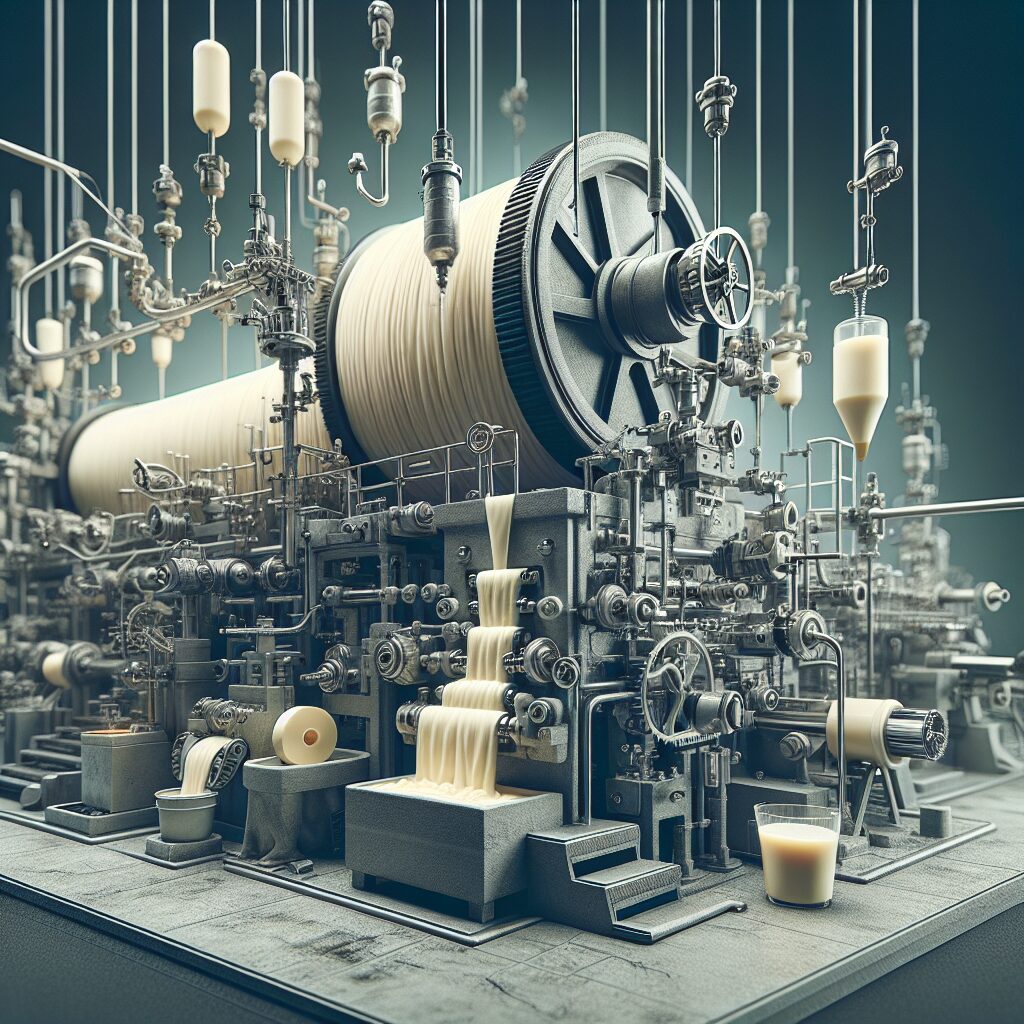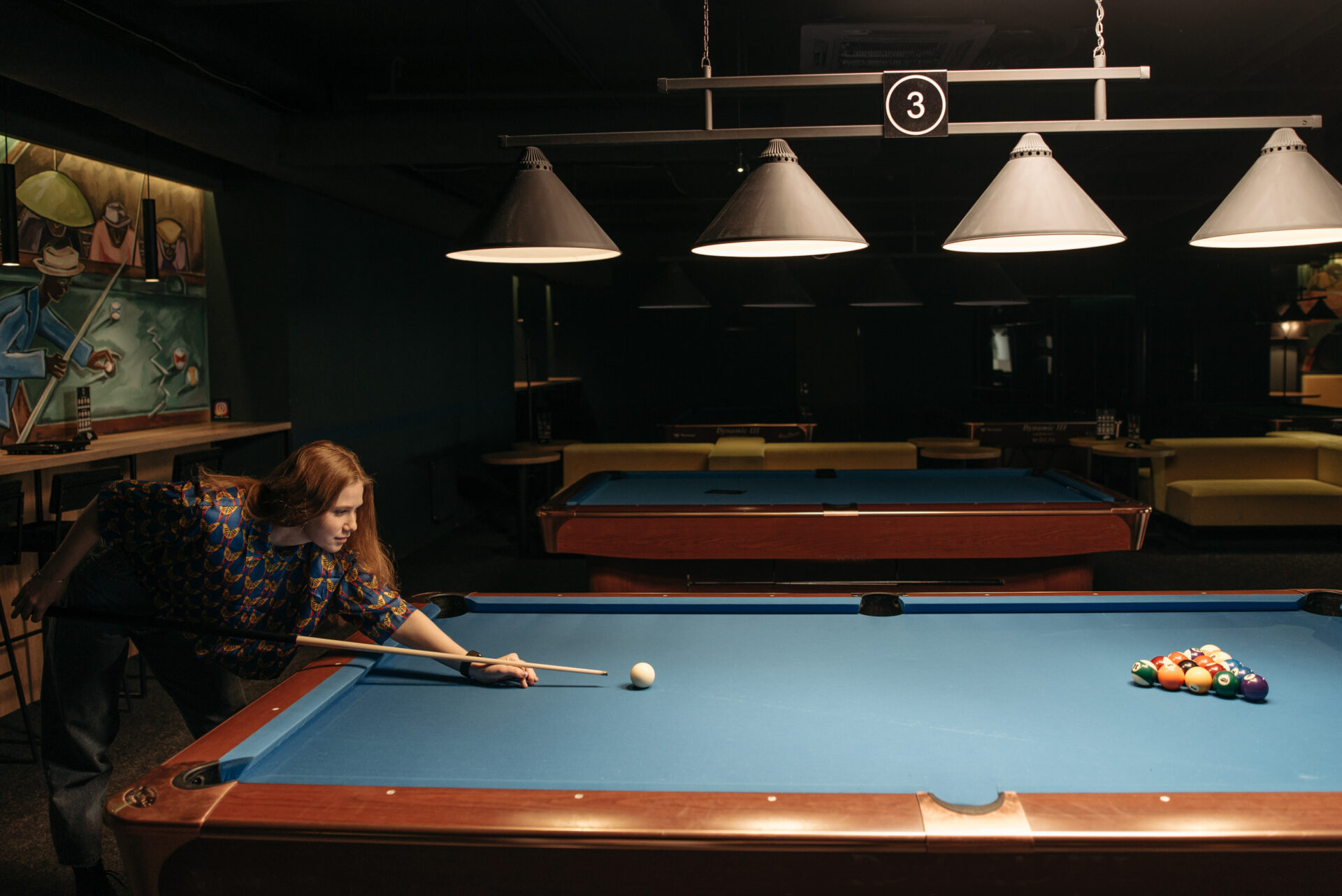Rubber manufacturing techniques play a crucial role in achieving precision in production. Precision is of paramount importance in the rubber industry as it directly impacts the quality, functionality, and durability of rubber products. With advancements in technology and innovative manufacturing processes, rubber manufacturers now have the ability to finely control various aspects of production, resulting in consistent and precise outcomes.
One unique fact related to rubber manufacturing is the wide range of techniques employed to shape and mold rubber into a desired form. From compression molding to transfer molding and injection molding, each technique brings its own set of advantages and challenges. These techniques allow manufacturers to create intricate designs and precise dimensions, enabling the production of rubber components that meet the strictest quality standards.
Moving forward, this article will discuss the key takeaways from rubber manufacturing techniques, exploring their impacts on product quality, efficiency, and customization options. By understanding these key aspects, manufacturers and consumers alike can gain insights into the importance of precision in rubber production and the various techniques that enable it.
Key Takeaways
1. Rubber manufacturers employ various techniques to ensure precision in the production process, showcasing their commitment to quality and efficiency.
2. Advanced molding techniques like injection molding and compression molding enable manufacturers to achieve precise dimensions and intricate designs in rubber products.
3. The use of computer numerical control (CNC) machines allows for accurate and consistent shaping of rubber materials, enhancing product quality and reducing waste.
4. The implementation of automation and robotics in rubber manufacturing not only increases productivity but also ensures precision in tasks such as trimming, finishing, and product assembly.
5. Quality control measures such as inspection, testing, and statistical process control play a crucial role in maintaining precision during rubber manufacturing, offering customers reliable and exceptional products.
What are the Key Rubber Manufacturing Techniques for Achieving Precision in Production?
Vulcanization: Enhancing Rubber Durability and Strength
Vulcanization is a crucial rubber manufacturing technique that greatly enhances the durability and strength of rubber products. During this process, sulfur or other curatives are added to raw rubber, leading to cross-linking of polymer chains. The resulting chemical reaction creates stronger bonds, improving the mechanical properties of rubber materials. Vulcanization enables rubber products to withstand harsh conditions, abrasion, and temperature extremes, making it an essential technique in precision rubber manufacturing.
Mixing: Homogeneity for Consistent Performance
Proper mixing of rubber compounds is indispensable for ensuring homogeneity and consistency in the manufacturing process. Achieving uniform dispersion of fillers, reinforcing agents, and other ingredients is crucial to attain consistent physical properties in the final product. Advanced mixing techniques, such as batch mixing and continuous mixing, are employed to ensure thorough distribution of additives within the rubber matrix. By achieving a homogenous rubber compound, precision in production is maintained, resulting in reliable and high-quality rubber products.
Molding: Shaping Rubber with Precision
Molding is a widely used technique in rubber manufacturing that allows for precise shaping of rubber materials. Various molding methods, including compression molding, injection molding, and transfer molding, are employed to produce a diverse range of rubber products. During the molding process, the rubber material is subjected to heat and pressure, leading to its expansion and filling the mold cavity. Through effective mold design and precise control of temperature and pressure, manufacturers can achieve accurate dimensions, intricate details, and tight tolerances, ensuring precision in rubber manufacturing.
Extrusion: Creating Complex Rubber Profiles
Extrusion is a technique commonly used to create complex rubber profiles with consistent cross-sectional shapes. In this process, the rubber compound is forced through a die, resulting in the desired shape and size. By carefully designing the extrusion die and controlling extrusion parameters, such as temperature and speed, manufacturers can achieve precise profiles with tight tolerances. Extruded rubber products find extensive applications in industries such as automotive, construction, and consumer goods, where accuracy and precision are vital.
Surface Treatment: Enhancing Rubber Adhesion and Bonding
To ensure strong adhesion and reliable bonding of rubber products, surface treatment techniques are employed. Surface treatments, such as chemical etching, plasma treatment, and flame treatment, modify the surface characteristics of rubber, promoting improved bonding with other materials, such as metal or fabric. By enhancing surface energy and creating micro-roughness, these treatments increase the contact area between rubber and bonding agents, resulting in enhanced adhesion strength. Surface treatment is an essential step in rubber manufacturing, guaranteeing precision in product performance and durability.
Post-Treatment: Achieving Desired Properties
Post-treatment processes are often employed to further enhance the properties of rubber products. These processes include curing, aging, and surface finishing treatments. Curing optimizes the mechanical properties and stabilizes the dimensions of the rubber, ensuring consistent performance over time. Aging processes, such as heat aging or ozone exposure, simulate long-term service conditions to ensure product longevity. Additionally, surface finishing treatments, such as coating or polishing, improve aesthetics and protect the rubber from external factors. Through carefully applied post-treatment techniques, manufacturers achieve the desired properties and overall precision in rubber manufacturing.
7 Essential Tips for Achieving Precision in Rubber Manufacturing
- Use high-quality raw materials to ensure consistency and reliability in the final product.
- Implement rigorous quality control measures throughout the manufacturing process to detect any deviations or defects.
- Employ advanced testing and inspection techniques to verify product conformance to specifications.
- Invest in state-of-the-art machinery and equipment to facilitate precise manufacturing processes.
- Regularly calibrate and maintain machinery to ensure accuracy and prevent variations in output.
- Provide thorough training to operators and technicians to ensure proper handling of materials and machinery.
- Continuously improve manufacturing processes through analysis, optimization, and incorporation of new technologies.
Frequently Asked Questions
1. What are the different rubber manufacturing techniques used for precision production?
The different rubber manufacturing techniques used for precision production include injection molding, compression molding, transfer molding, and extrusion.
2. How does injection molding work in rubber manufacturing?
Injection molding involves injecting molten rubber into a mold cavity under high pressure. This technique allows for the production of complex and intricate rubber products with high precision.
3. What is compression molding and how is it used in rubber manufacturing?
Compression molding involves placing a pre-measured amount of rubber compound into a heated mold cavity and applying both heat and pressure. The rubber is then cured and takes the shape of the mold, resulting in precision rubber products.
4. What is transfer molding and when is it preferred over other techniques?
Transfer molding is a technique that uses a plunger to push the rubber compound into the mold cavity. It is preferred in cases where precise control over material flow and shorter production cycles are required.
5. How does extrusion play a role in rubber manufacturing?
Extrusion involves forcing the rubber material through a die to create a continuous shape, such as rubber tubing or profiles. This method offers excellent precision and control over the dimensions of the final product.
6. Are all rubber manufacturing techniques suitable for producing high precision products?
No, not all rubber manufacturing techniques are suitable for producing high precision products. Injection molding and compression molding are generally preferred for achieving high precision and intricate designs.
7. What factors should be considered for selecting the right rubber manufacturing technique?
Factors such as the complexity of the design, required production volume, material properties, and cost considerations should be taken into account when selecting the appropriate rubber manufacturing technique for precision production.
8. Are there any limitations or challenges associated with rubber manufacturing techniques for precision production?
Yes, some limitations and challenges include the need for precise temperature and pressure control, tooling costs, and the potential for material wastage. However, advancements in technology have helped overcome many of these challenges.
9. How important is precision in rubber manufacturing?
Precision is crucial in rubber manufacturing as it ensures the production of products that meet the required specifications, function effectively, and provide consistent performance. Precision manufacturing also reduces the need for rework or product failures.
10. What are the benefits of using precision rubber manufacturing techniques?
Using precision rubber manufacturing techniques results in higher quality products with consistent dimensions, improved durability, enhanced performance, and reduced material waste. This leads to increased customer satisfaction and better overall product value.
Final Thoughts
Rubber manufacturing techniques that emphasize precision in production play a significant role in various industries. These techniques allow for the creation of high-quality rubber products that meet stringent standards and contribute to the overall success of businesses. With advancements in technology and process optimization, manufacturers can achieve exceptional precision, ensuring the delivery of superior rubber solutions.
Investing in precision rubber manufacturing techniques can benefit industries such as automotive, aerospace, medical, and many others. The ability to produce complex and fine-tuned rubber components enables the creation of innovative products and advancements in technology. As demand for precision persists, the rubber manufacturing industry continues to evolve, pushing the boundaries of what is possible in terms of quality, performance, and consistency.




